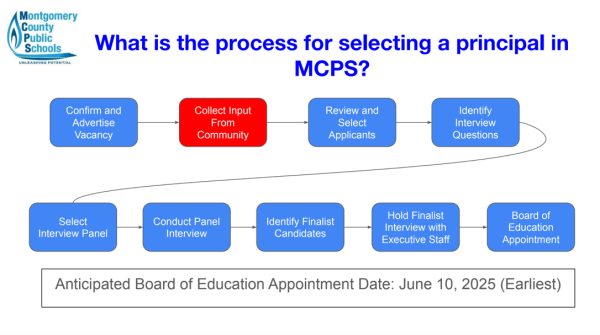Democrats defy history in midterm elections
Photo courtesy Google Creative Commons
The Maryland gubernatorial race served as a microcosm of the 2022 midterm elections. Governor-elect Wes Moore easily defeated an extreme Trump-endorsed candidate when a competitive race could have been possible.
Rumors of a red wave were greatly exaggerated in last month’s midterm elections. Historical indicators pointed to an overwhelming loss expected for Democrats. Only three times in the last 100 years had the party in power avoided massive losses during the president’s first midterm election. Just twice since World War II (1998 and 2002) had the party in power avoided large midterm losses. 1998’s democratic gains were due to the perceived partisan overreach of former president Bill Clinton’s impeachment proceedings. In 2002, in the wake of 9/11, former president George W. Bush maintained approval ratings near 70% by the midterm elections, carrying congressional Republicans across the country. In 2022, both right-wing extremism and a threat to democracy helped 2022 join these exceptions.
In June this past year, the Supreme Court overturned the half-century precedent of Roe V. Wade, a decision that 62% of Americans disagreed with, according to Pew Research. This outrage sparked democratic overprehension in several congressional special elections, spurring hopes among Democrats they could hold the Senate, and avoid large losses in the House of Representatives.
However, as the midterm elections grew closer, the media fell back on the narrative that losses in both houses of Congress were likely, using what had been the results of so many previous elections as justification. Data analysts Simon Rosenburg and Christopher Bouzy were a few of the voices in the wind pointing to tangible data such as voter registration and early vote totals as signs that Democrats could make this election far more similar to 1998 and 2002 than the blowouts of 1994 and 2010.
One of the key reasons for Republican underperformance were the candidates endorsed by former President Donald Trump. These candidates often had little political experience, and utilized his endorsement to win primaries. Come November, when these often election-denying candidates faced a more complete electorate, the unpopularity of both their positions and former president Trump resulted in losing many winnable races during a midterm in which historical conditions supported Republicans taking clear majorities in both chambers of Congress.
In key Senate races in Pennsylvania, Nevada, Arizona, and Georgia, all very winnable for Republicans, a Trump-endorsed election-denying candidate lost, allowing Democrats to maintain a Senate majority. According to FiveThirtyEight, in expanding their Senate majority, they did something the president’s party has only done in five midterms since the end of World War II. (This Senate pickup goes along with their net pickup of two governors’ offices and four state-legislative chambers.)
This was no Democratic landslide of course; it was a close election, and in certain regions, Republicans dominated. These places were typically those in which abortion rights were not up for debate. Furthermore, the results in Florida (a landslide win in both the Gubernatorial and Senate elections) have cemented its status as a state that clearly leans Republican.
Republicans best performance came in New York, where for a variety of reasons, including a lack of Democratic motivation, the loss of former governor Andrew Cuomo’s political machine, and amped-up concerns about crime all motivated key house races flipping in districts that went for Biden by more than 10 points, and a surprisingly close gubernatorial race.
Democrats lost the house due to a combination of some heavily Biden districts flipping as it seems voters were not as motivated to turn out in these seemingly safe districts and gerrymandering in Republican-run states. Despite historical headwinds, Democrats came just under 4,000 votes in five congressional races from holding their house majority. The House will not have a strong Republican majority, with a miniscule majority of five seats in an incredibly fractious caucus. Republican House Leader Kevin Mcarthy has yet to secure the speakership.
Most importantly for the future of American democracy, all election-denying candidates in swing states for either secretary of state and governor (the positions that oversee elections) lost. It is fairly safe to say that the fair and free elections were not penetrated and will not be corrupted by those who will bend the rules in favor of their preferred candidate.
It’s also important to note that massive surge turnout from the younger voters, or Democrats in general, did not preserve their Senate majority and prevent a large Republican majority in the House. Democrats improved their status with independents, who were likely motivated by Republican extremism and perceived judicial overreach by the judges supported by Republicans.
The gulf between broad popularity for Biden’s legislation and anemic approval of his own job performance remains, but unlike Trump, he was able to deftly shift the focus of this election to extreme candidates and policies offered by Republicans. An election that is traditionally a referendum on the party in power was made a choice between two visions for America. In key states, where their rights depended on the outcome of these elections, voters issued a clear verdict: democracy is worth defending, and Republican extremism is not welcome.
Your donation will support the student journalists of Thomas S. Wootton High School. Your contribution will allow us to purchase equipment and cover our annual website hosting costs.
Ethan is a 2023 graduate.







